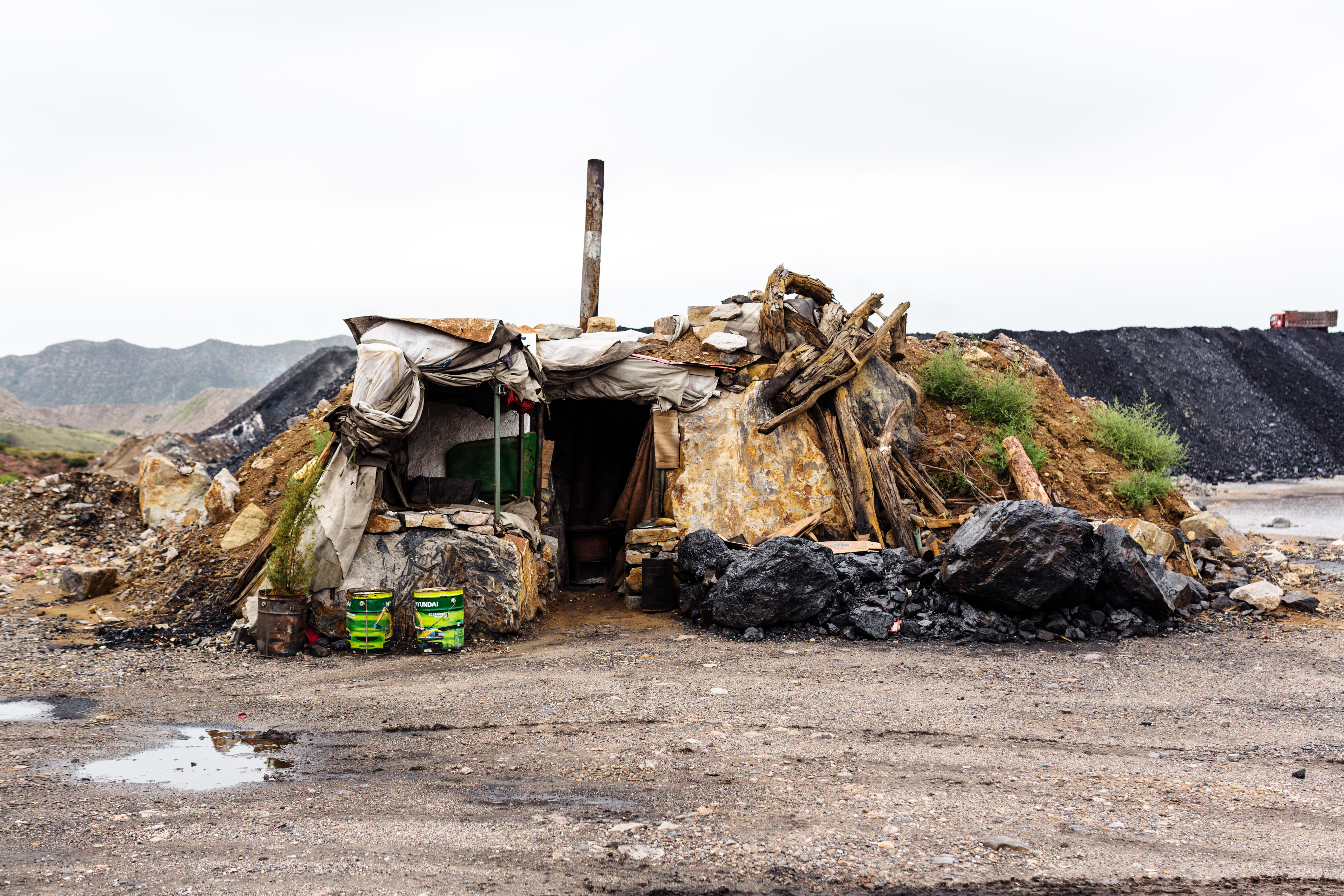
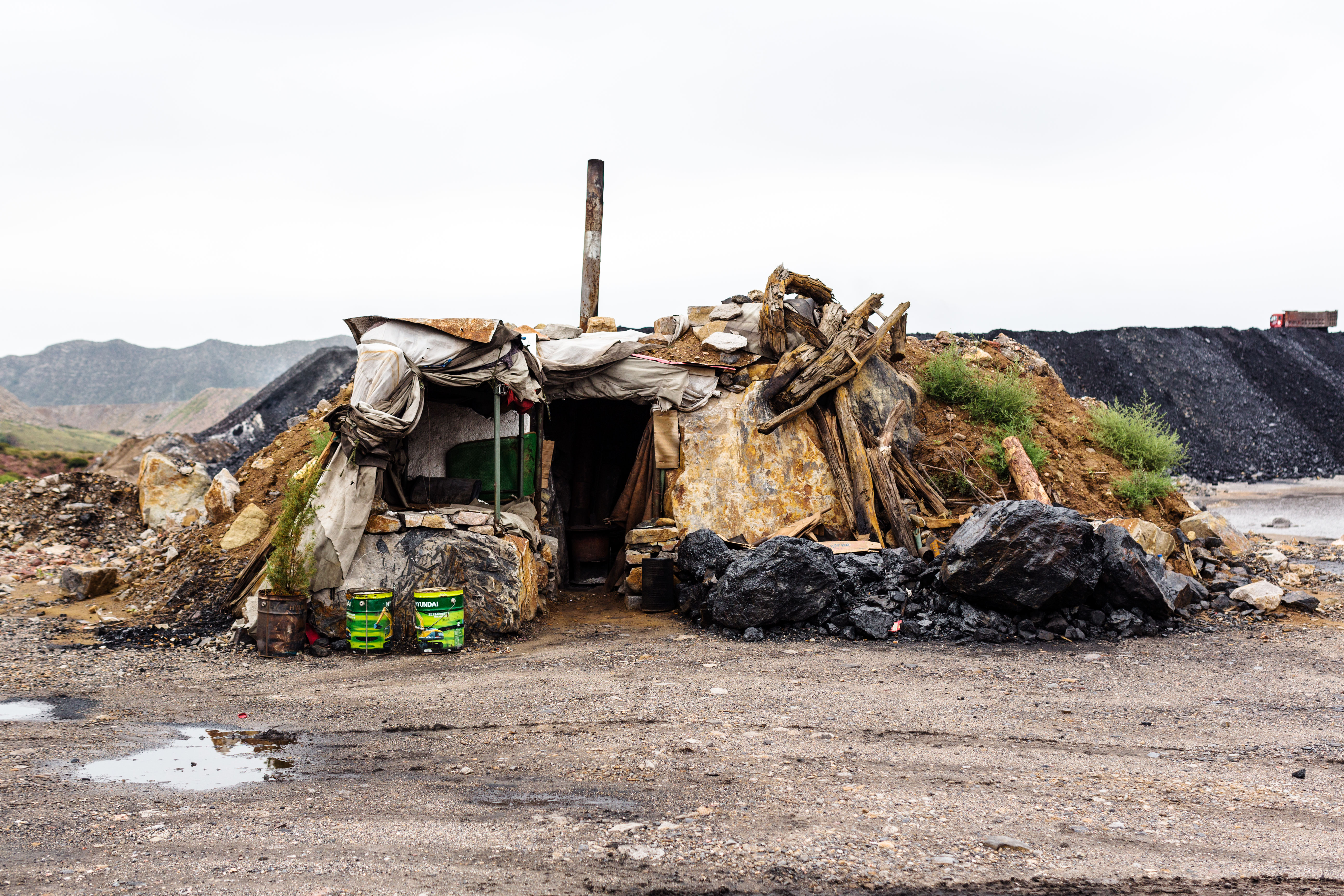
Originally published in issue #14 of the Protein Journal. Photography by Toby SmithTraversing the planet on the kind of adventures that even the most hardened gonzo journalist would think twice about, Unknown Fields Division seek to bring to light the world's untold storiesWith expeditions to cobalt and nickel mines in the Madagascan rainforest and an excursion to the northernmost point of Alaska, London-based collective Unknown Fields Division certainly earns its billing as a ‘nomadic design studio’. But these adventures are not simply for personal development. Each year, members of Unknown Fields Division embark on a journey to investigate the gigantic supply chains that span the earth – the often unseen meanderings of globalisation that enable many of our favourite consumer products to end up on our high streets. As they put it: “To make visible the invisible systems that shape our world.” Led by Liam Young, founder of think tank Tomorrow’s Thoughts Today and Kate Davies, co-founder of the multidisciplinary group Liquid Factory, Unknown Fields Division invites along curious globetrotters – journalists, designers and architects are typical – to each trip in order to share the remarkable places and insights. This summer they embarked on a project called A World Adrift, which investigated the supply chains of consumer technology devices such as mobile phones and laptops. It took the team aboard a container ship to China to gain insight into the largest, yet widely unknown, transport system on the planet. “We’re not saying that the shipping industry is bad or wrong, rather that it’s quite extraordinary,” explains Young. “The industry has enabled global production and the production of objects of such extraordinary complexity that could never be made in just one place.” Tracing the journeys of these ships then took the team to South Korea. Here, they saw mega shipbuilding yards, factory floors and production lines, as well as the predictably poor living conditions of South Korean factory workers. From there they followed the supply chain to its source: the mines where the rare earth minerals used in digital devices are extracted, before closing the loop at a toxic lake in Inner Mongolia, which now, due to being the final resting place for so much of our defunct technology, has a radioactive half-life of 100,000 years. “We need to be doing more than just documenting conditions as they exist,” says Young. “Our job is to unpick those contradictions and make us aware of them.”
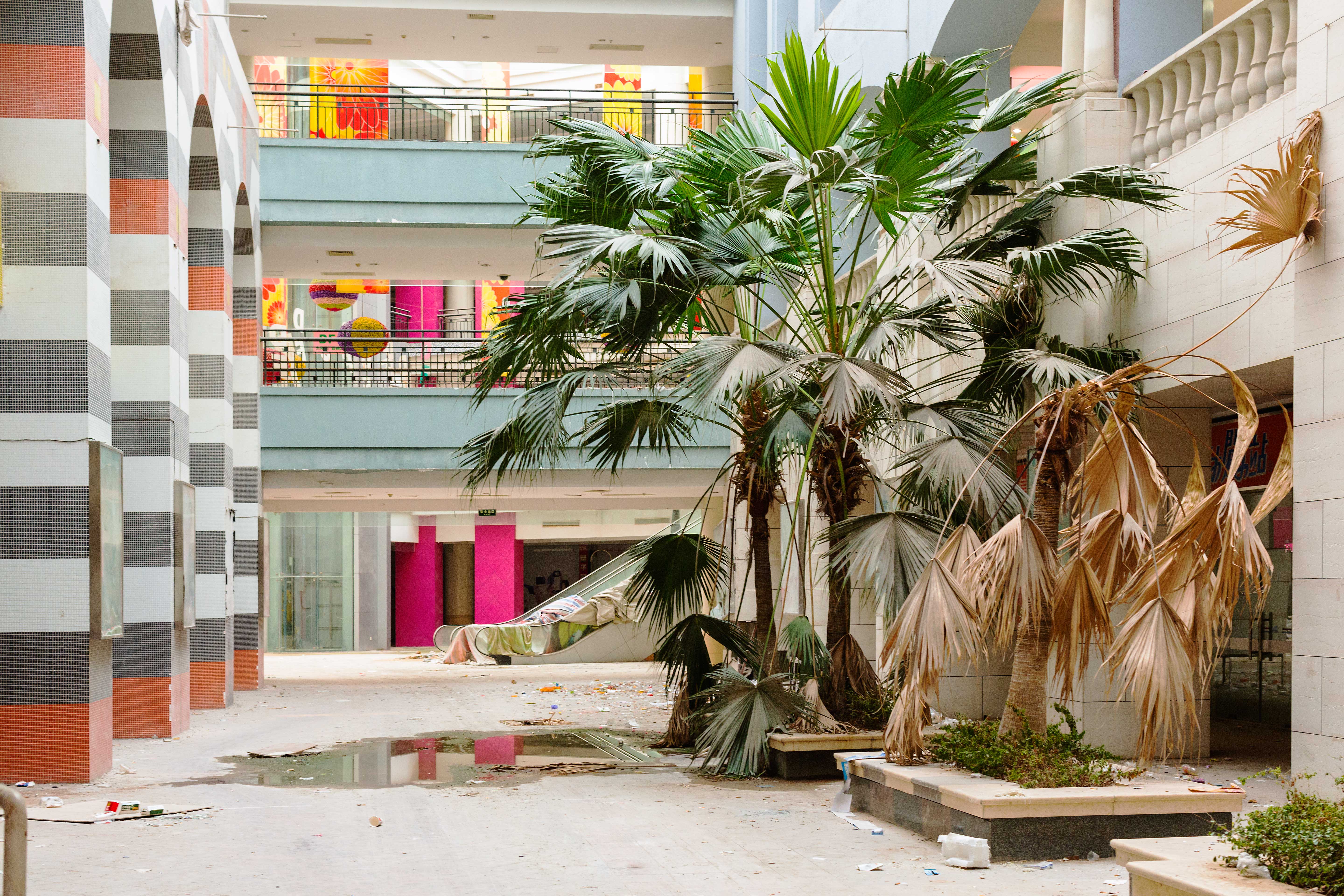

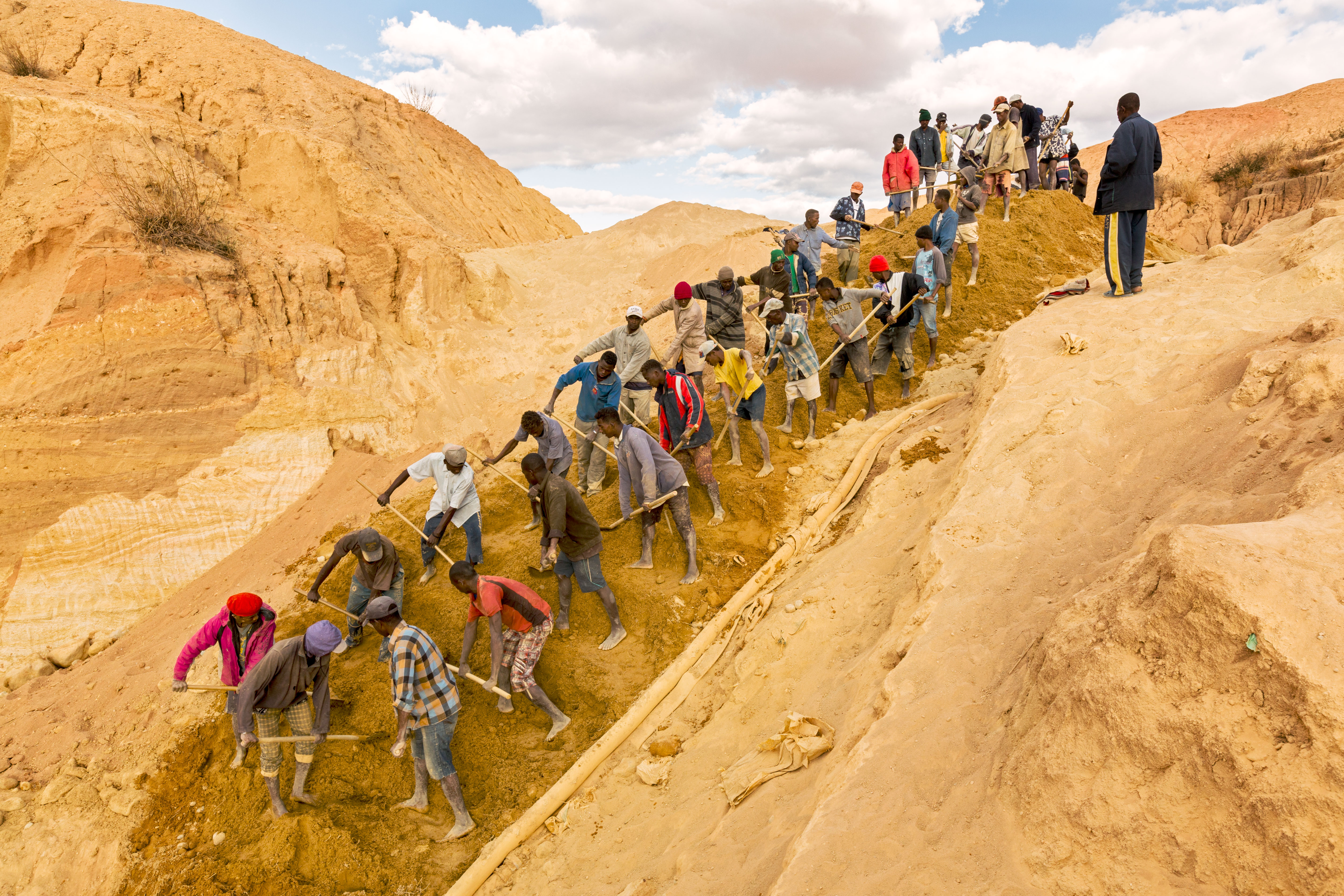
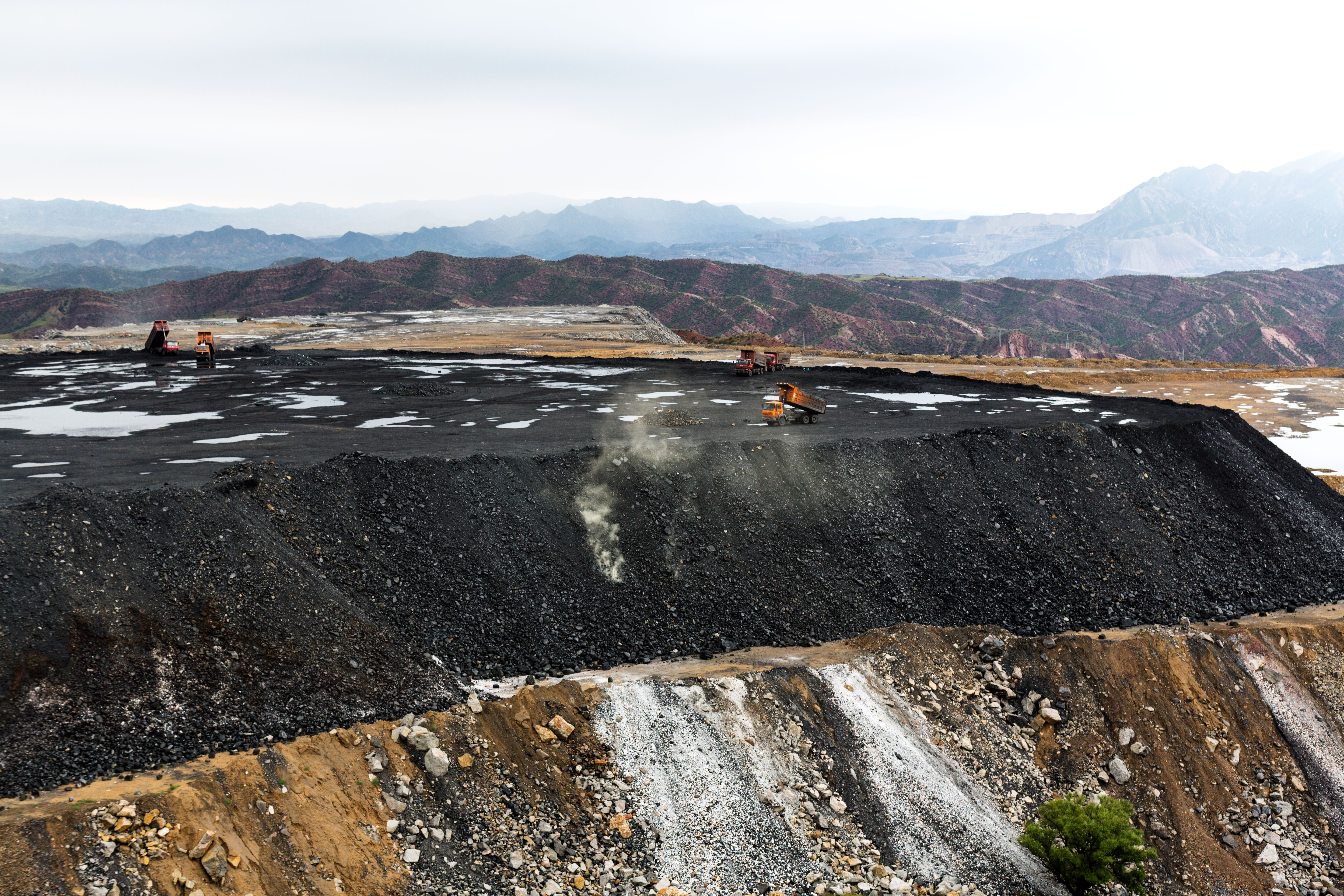
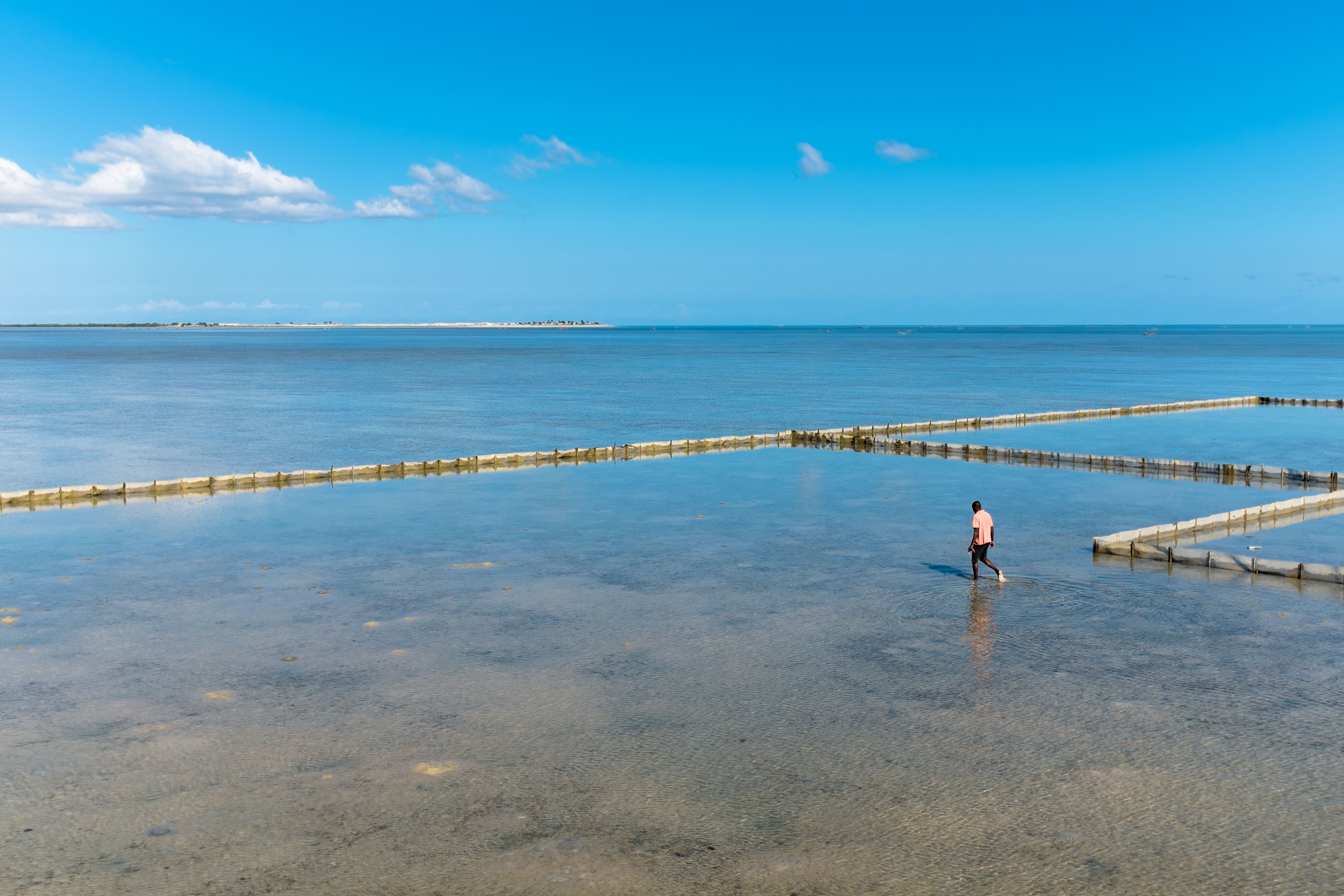
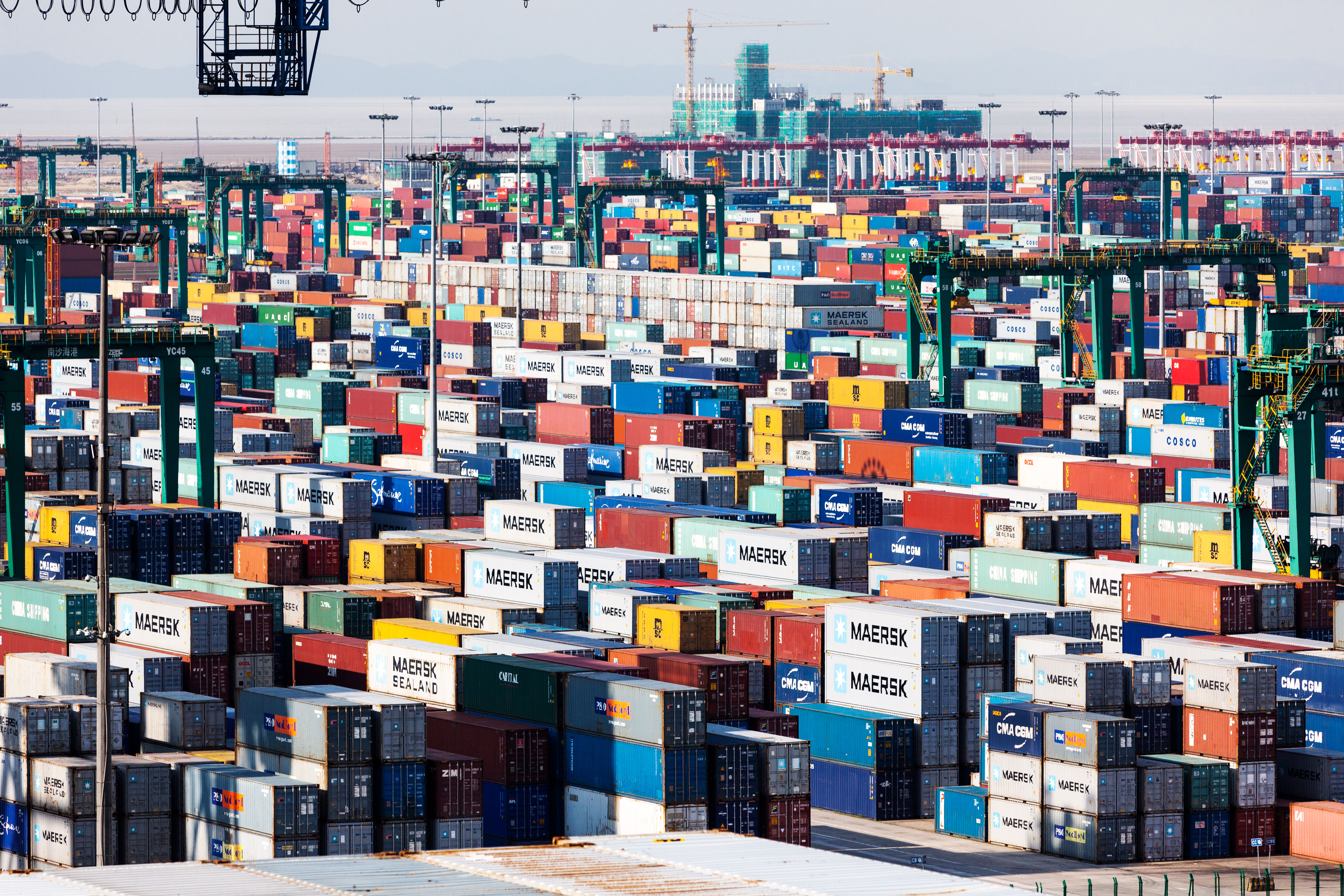



Discussion